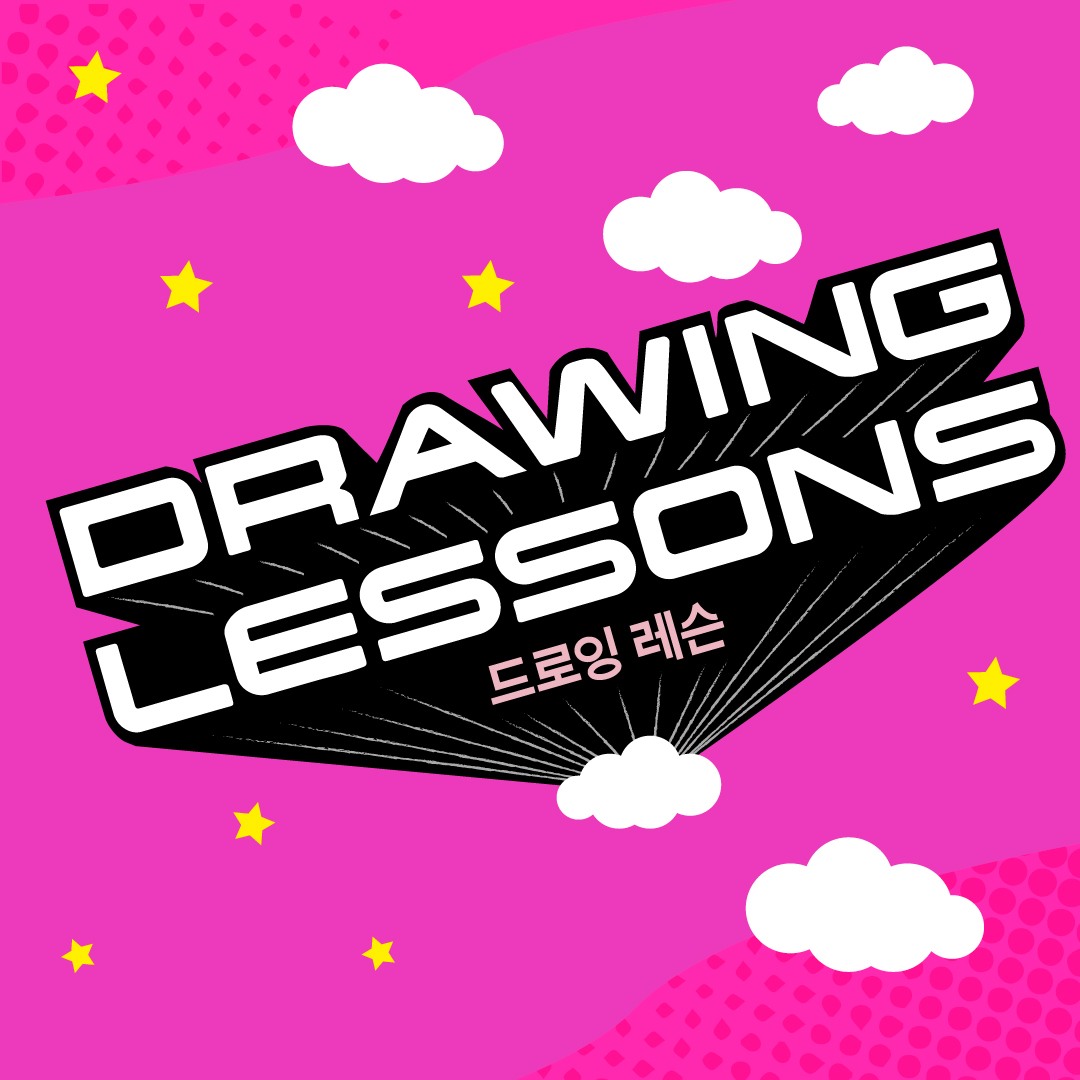Playwright Michi Barall: Navigating the Intersection of Culture and Creativity
 Growing up in Toronto, Canada, Michi Barall developed an early love for theater, spurred by her brother’s influence. She was very young when they joined an after-school drama club, though she didn’t initially consider acting as a professional path. Her educational journey was started by her experience at Stanford University, where she transferred into the Structured Liberal Education program during her first year. Through the program, with its dedicated tutoring and focus on in-depth literature and cultural studies, sparked her academic inspiration. While at Stanford, Michi auditioned for Walls, a play by Jeannie Barroga, produced by the Asian American Theatre Project (AATP), which had been founded by David Henry Hwang in 1978. Michi played the role of Maya Lin in the production, and through AATP and the experience it provided, she was able to see her path in theater. She felt fortunate to be part of the industry at a time when doors were just opening for Asian Americans, allowing diverse voices to be heard and represented.
Growing up in Toronto, Canada, Michi Barall developed an early love for theater, spurred by her brother’s influence. She was very young when they joined an after-school drama club, though she didn’t initially consider acting as a professional path. Her educational journey was started by her experience at Stanford University, where she transferred into the Structured Liberal Education program during her first year. Through the program, with its dedicated tutoring and focus on in-depth literature and cultural studies, sparked her academic inspiration. While at Stanford, Michi auditioned for Walls, a play by Jeannie Barroga, produced by the Asian American Theatre Project (AATP), which had been founded by David Henry Hwang in 1978. Michi played the role of Maya Lin in the production, and through AATP and the experience it provided, she was able to see her path in theater. She felt fortunate to be part of the industry at a time when doors were just opening for Asian Americans, allowing diverse voices to be heard and represented.
Inspiring Through Acting, Writing, and Teaching
 Michi has built a dynamic career as both an actress and a playwright, actively contributing to various productions. As an actress, she has appeared in well-known television shows such as New Amsterdam, Personal Velocity, and Law & Order. Alongside her acting, Michi has also made a name for herself as a playwright, with works like Sophocles in Staten Island and Drawing Lessons, which will run from October 8 to November 10, 2024, at the Children’s Theatre Company in Minneapolis. Currently, she serves as an assistant professor of Theatre and Performance at Purchase College in New York, where she continues to inspire the next generation of theater professionals.
Michi has built a dynamic career as both an actress and a playwright, actively contributing to various productions. As an actress, she has appeared in well-known television shows such as New Amsterdam, Personal Velocity, and Law & Order. Alongside her acting, Michi has also made a name for herself as a playwright, with works like Sophocles in Staten Island and Drawing Lessons, which will run from October 8 to November 10, 2024, at the Children’s Theatre Company in Minneapolis. Currently, she serves as an assistant professor of Theatre and Performance at Purchase College in New York, where she continues to inspire the next generation of theater professionals.
Path to Embracing Her Asian American Heritage
 Michi’s cultural influences are shaped by an overall environment rather than a few distinct factors. Growing up in a second-generation immigrant family with a Japanese mother and a German father, she initially identified as Canadian. However, after moving to California in the 1990s, she began to embrace her Asian American identity, influenced by the rich cultural history of Asian Americans in the U.S. Her academic journey, particularly working as a research assistant for Gary Okihiro during her Ph.D. at Columbia University, further broadened her perspective. Okihiro, a key figure in Asian American studies, focused on “Third World Studies,” which connects domestic and Asian American histories to broader global phenomena. Additionally, her involvement in Asian American theater has been central to her career, allowing her to engage deeply with cross-cultural and intercultural narratives, which continue to shape both her personal and professional identity.
Michi’s cultural influences are shaped by an overall environment rather than a few distinct factors. Growing up in a second-generation immigrant family with a Japanese mother and a German father, she initially identified as Canadian. However, after moving to California in the 1990s, she began to embrace her Asian American identity, influenced by the rich cultural history of Asian Americans in the U.S. Her academic journey, particularly working as a research assistant for Gary Okihiro during her Ph.D. at Columbia University, further broadened her perspective. Okihiro, a key figure in Asian American studies, focused on “Third World Studies,” which connects domestic and Asian American histories to broader global phenomena. Additionally, her involvement in Asian American theater has been central to her career, allowing her to engage deeply with cross-cultural and intercultural narratives, which continue to shape both her personal and professional identity.
Making Your Own Door: Breaking into the Industry
 Her professional journey began through formal education, starting with college and then pursuing an MFA program at NYU. After participating in the end-of-year showcase, she secured an agent and landed her first jobs, then it helped her build early connections, particularly with the Asian American theater community. One key connection was with the Ma-Yi Theatre Company, a space that fostered the development of new plays and provided actors with invaluable stage time. She describes Ma-Yi as her training ground, where she learned from other actors and gained confidence in exploring roles beyond acting. However, she emphasizes that there are many ways to break into the industry, and it’s crucial to “make your own door.” Even without an agent, some people have found success by creating their own work, like solo shows. For those starting out, she advises building connections by immersing yourself in community spaces, attending workshops, and collaborating with peers. The relationships you form in these environments can become long-lasting and foundational to your career.
Her professional journey began through formal education, starting with college and then pursuing an MFA program at NYU. After participating in the end-of-year showcase, she secured an agent and landed her first jobs, then it helped her build early connections, particularly with the Asian American theater community. One key connection was with the Ma-Yi Theatre Company, a space that fostered the development of new plays and provided actors with invaluable stage time. She describes Ma-Yi as her training ground, where she learned from other actors and gained confidence in exploring roles beyond acting. However, she emphasizes that there are many ways to break into the industry, and it’s crucial to “make your own door.” Even without an agent, some people have found success by creating their own work, like solo shows. For those starting out, she advises building connections by immersing yourself in community spaces, attending workshops, and collaborating with peers. The relationships you form in these environments can become long-lasting and foundational to your career.
Insights on Creative Challenges and Cultural Representation
 Michi faces significant challenges in her writing due to the complexities of production, particularly when her work crosses different forms, such as dance and music. Since she isn’t a dancer, musician, or choreographer, she must collaborate with professionals from these fields, which can be time-consuming and require extensive coordination. When writing, she constantly thinks from the perspective of production, balancing artistic vision with practical constraints—a process she admits requires a lot of planning and collaboration with others. She describes this work as something that ‘needs a village.’ For example, the development of her play Drawing Lessons involved two years of workshops and close collaboration with her team, including an illustrator who brought the visual language of the play to life. To overcome these challenges, Michi values collaboration as key to problem-solving and wishes she had learned earlier how to better balance creative ambition with the realities of production.
Michi faces significant challenges in her writing due to the complexities of production, particularly when her work crosses different forms, such as dance and music. Since she isn’t a dancer, musician, or choreographer, she must collaborate with professionals from these fields, which can be time-consuming and require extensive coordination. When writing, she constantly thinks from the perspective of production, balancing artistic vision with practical constraints—a process she admits requires a lot of planning and collaboration with others. She describes this work as something that ‘needs a village.’ For example, the development of her play Drawing Lessons involved two years of workshops and close collaboration with her team, including an illustrator who brought the visual language of the play to life. To overcome these challenges, Michi values collaboration as key to problem-solving and wishes she had learned earlier how to better balance creative ambition with the realities of production.
Ongoing Challenges for Younger Generation
Another ongoing challenge Michi highlighted is the representation of Asian Americans in the industry. She strives to portray stories that are culturally accurate while ensuring they resonate with both Asian American and broader audiences. This balance can be difficult to navigate, but her advice is to trust your voice and build strong relationships within your community. She believes that trusting those connections will guide and support you in your creative journey, helping overcome the hurdles of representation.
Michi Barall’s Advice for Aspiring Artists
Michi offers valuable advice to those interested in pursuing a career in the industry, emphasizing the importance of approaching it with a beginner’s mindset. She often sees students in higher education who fear failure or feel like they have little to offer, but she encourages them to recognize the value in their unique perspectives and not be afraid to contribute. Starting small is key—she points out that even in a theater scene with limited funding and small audiences, there’s freedom in creating your own work. With just a bit of support from friends and minimal resources, you can express your voice without constraints.
She also highlights the importance of staying open to new experiences and opportunities. She believes that becoming an artist is not about immediate success, but about commitment to growth and continual learning. The path can be difficult, but her message is clear: stick with it and persevere, even when breaking into the industry feels tough.
For information about Drawing Lessons, please visit the Children’s Theatre Company website at: https://childrenstheatre.org/whats-on/drawing-lessons/





